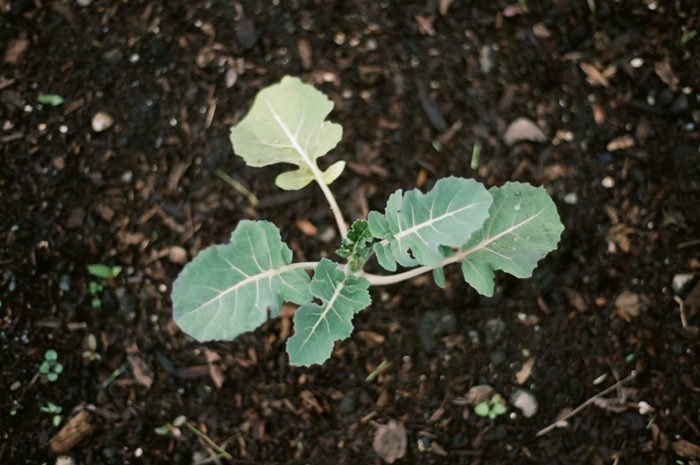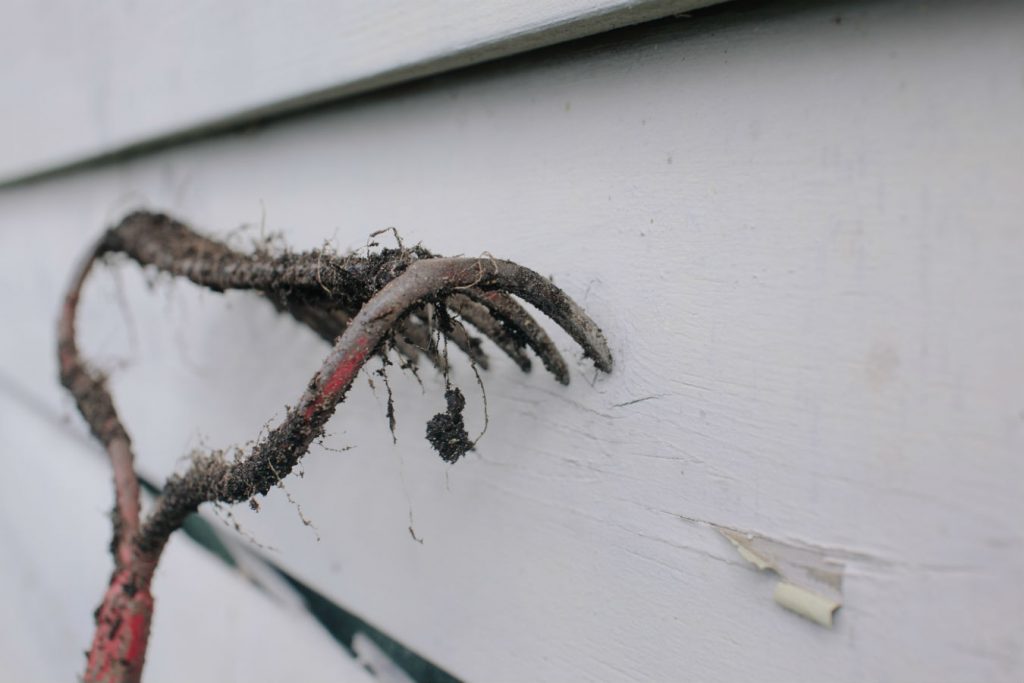As the spring’s gardens continue to be tended, we are rapidly approaching a seasonal pinnacle. The temperatures warm, the days become longer, and the first seeds of spring are planted. It’s time to put your hands to work.
The time has come for broccoli, beets, carrots, lettuce, kale, arugula, spinach, peas, and various herb seeds to be sown in the ground. At Victory Gardens, the first seedlings of broccoli, cauliflower, lettuce, collards, kale, and sweet peas are nurtured in a solar incubator, the greenhouse, before being planted in the garden. This time to begin seeding and planting comes to fruition rapidly, and gardeners scramble to time plantings with their busy lives.
What a seed is will fundamentally never change, despite its cultivar or variety, or where it was sourced. As with humans, even before birth, seeds display signs of life before sprouting; viable seeds are only dormant, waiting for the right conditions to germinate. Three vital requirements must be met: enough water, optimal temperature, and well-aerated soil to be nestled in. Once the first cotyledons, or baby leaves, of a plant emerge from the soil, the life cycle unfolds quickly. It’s safe to say a gardener is always amazed at the sight of a freshly germinated plant from a seed.
Seeds are embryos but also act as a womb, complete with nutrient reserves. As with life, plants are made up of cells, and each cell comprises many smaller bodies called organelles, such as chloroplasts and mitochondria that carry out specific chemical processes for a plant. Equally as complex in their metabolism as cells in the animal kingdom, plant cells are every bit as alive. They differentiate, however, in how they carry out specific tasks: cells organize into tissues to complete functions such as storage and transport, and tissues become organized into organs, such as leaves, stems, roots, flowers, and fruit. Plants photosynthesize, respire, absorb nutrients, translocate, and transpire.
As a gardener, each season is filed into our memory banks and subsequent seasons become richer as a result. If you are a gardener, whether experienced or contemplating starting, obtain some seeds, get in the garden, and witness the cycle for yourself.
Samantha Philips is one third of the trifecta of inspired women behind Victory Gardens. Check back every Friday in April for more insights on spring gardening.
Read more about Vancouver’s urban farms.
Read more from the spring gardens series.
Photos: Alana Paterson (plant) and Jourdan Tymkow (rake).










